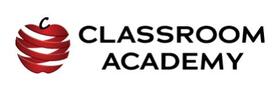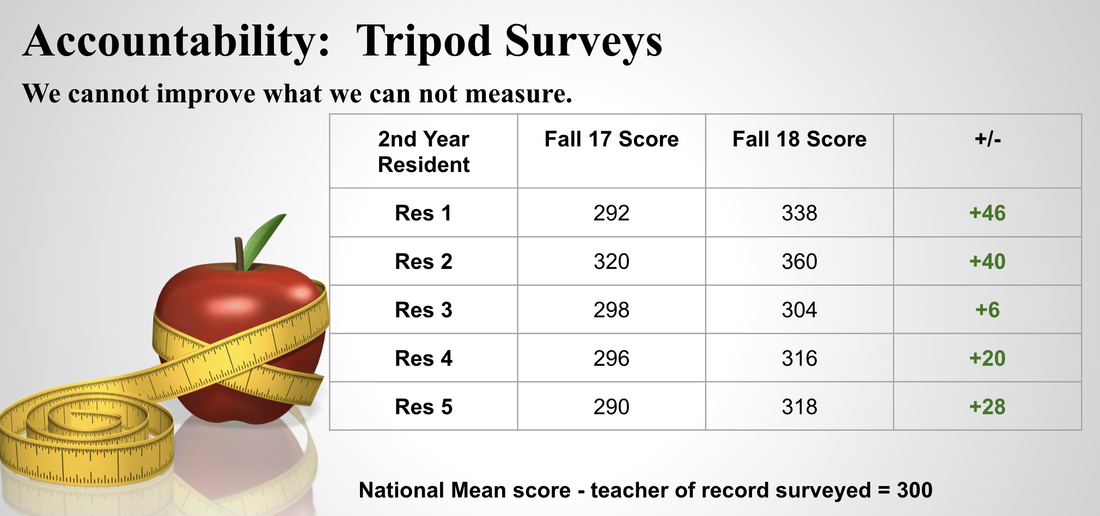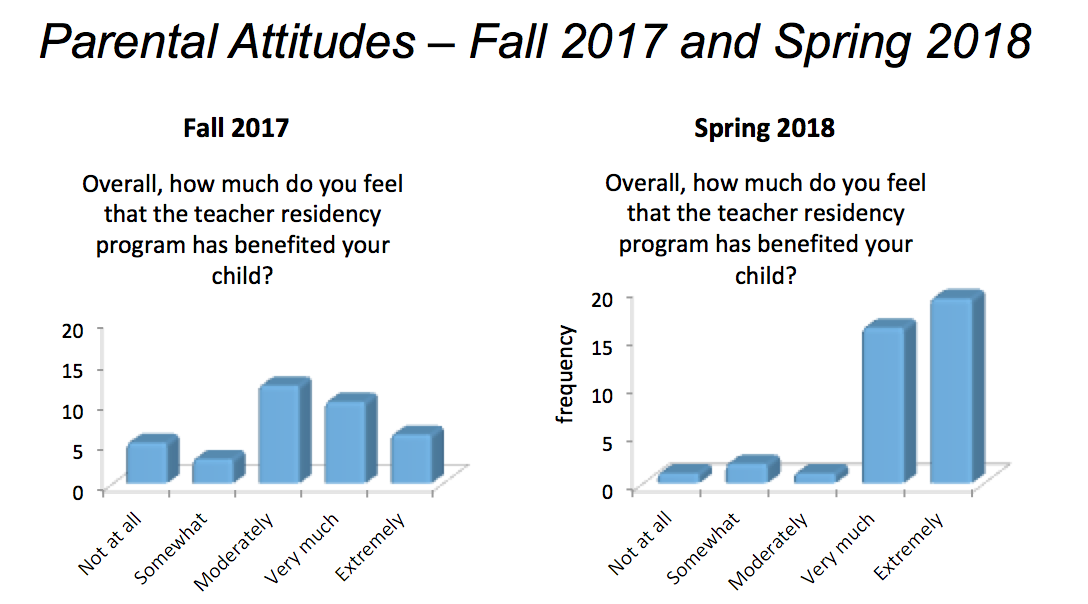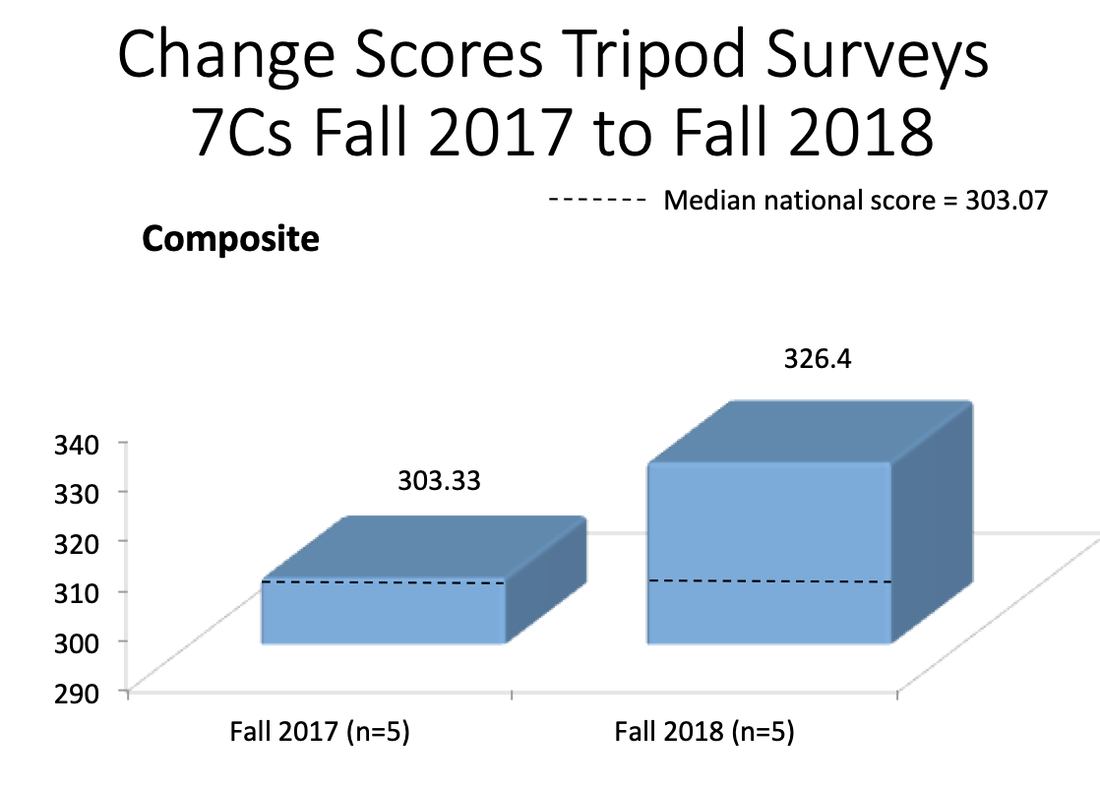|
Summary of Current Research: Teacher preparation is a means to advance equity for all students. High-needs students, those of color or low-income, research has shown are more likely to be taught by new teachers.
Establishing the Need: Rockefeller Institute reported in The Teacher Workforce Study:
|
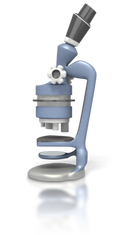
The CLASSROOM ACADEMY: A TEACHER RESIDENCY
Research Design: The goal of the present study is to objectively and systematically evaluate the performance of teacher residents along with perceptions of the teacher residents by parents, students, and the subjects themselves. In addition to performance, we seek to evaluate how the teacher resident program will impact key educational variables, including efficacy, grit, motivation, and engagement. Performance variables: Formative assessments in reading and math will be tracked longitudinally for students in the teacher resident classrooms, both in the first and second year of the program. We will investigate whether significant improvements in reading and math occur over time for students who receive additional instruction from teacher residents. It will also be important to evaluate teacher residents’ instructional performance in real-world classroom settings. In each year, residents will submit videotape of their classroom instruction at one time point in each of the fall and spring semesters. Three expert raters, each with either a doctorate in Education, a certified and calibrated NYS administrator, or National Board certification in that area and ten years of practical teaching experience, will assess the subjects on a number of teaching skills. The raters will be blind to the resident assignment to avoid bias. This approach will allow us to both evaluate whether changes have occurred within the teacher residents over time. Student Evaluations of Teacher Residents: The teacher residents will be evaluated by students on the “7Cs” of teaching. The 7Cs are as follows: Care, Confer, Captivate, Clarify, Consolidate, Challenge, and Classroom Management and are assessed using the Tripod Surveys. The Tripod Surveys are a set of standardized and validated measures that can be used to assess student perceptions of teachers as well as their own abilities. Student Perceptions: In each semester of the teacher resident’s program, students will be assessed on efficacy, motivation, behavioral engagement, emotional engagement, and grit using standardized assessments. Grit will be assessed with a separate grit measure (the Grit Scale for Children and Adults, which has been validated at SUNY Plattsburgh) while the other variables will be assessed with the Tripod Surveys. This approach will allow us to assess changes over the course of the teacher resident’s appointment and the extent to which students benefit from the program. Parent Perceptions: Parents will be asked about their general attitudes towards the teacher resident program at the start and end of each academic year. Teacher Residents: Each semester, teacher residents will be assessed for efficacy using a standardized measure. We will also administer a motivation/enjoyment measure, created for the purpose of the study. By assessing these variables in each semester we will be able to ascertain whether teaching efficacy, motivation, and enjoyment of teaching increase over time in this group. We will administer the same measures in each semester to the control groups to determine whether parallel changes occur in early career teachers and student teachers. Classroom Academy Preliminary Findings: Parent Perceptions and Tripod Surveys: | ||||||
The Washington-Saratoga-Warren-Hamilton-Essex BOCES does not discriminate in its programs and activities, including employment and admission as applicable, on the basis of actual or perceived race, color, creed, sex, sexual orientation, national origin, religion, age, economic status, marital status, veterans' status, political affiliation, domestic victim status, use of a guide dog, hearing dog or service dog, disability, or other classifications protected under federal or state law, and provides equal access to the Boy Scouts and other designated youth groups. The designated district compliance officer(s) will coordinate compliance with the nondiscrimination requirements of Title VI and Title VII of the Civil Rights Act of 1964, Title IX of the Education Amendments of 1972, Section 504 of the Rehabilitation Act of 1973, the Age Discrimination Act of 1975, the Americans with Disabilities Act of 1990, as amended, the Boy Scouts of America Equal Access Act, and the New York State Human Rights Law. The BOCES Civil Rights Compliance Officer is: Turina Parker, Washington-Saratoga-Warren-Hamilton-Essex BOCES, 267 Ballard Road, Suite 5, Wilton, NY 12831. phone: (518) 581-3716, email: [email protected]. Complaints may also be filed with the Office for Civil Rights, New York Office, U.S. Department of Education, 32 Old Slip, 26th Floor, New York, NY 10005- 2500, phone (646) 428-3800, fax (646) 428-3843, email:[email protected].
